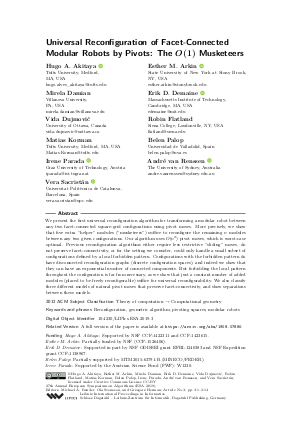LIPIcs.ESA.2019.3.pdf
- Filesize: 1.3 MB
- 14 pages

 Creative Commons Attribution 3.0 Unported license
Creative Commons Attribution 3.0 Unported license























Feedback for Dagstuhl Publishing